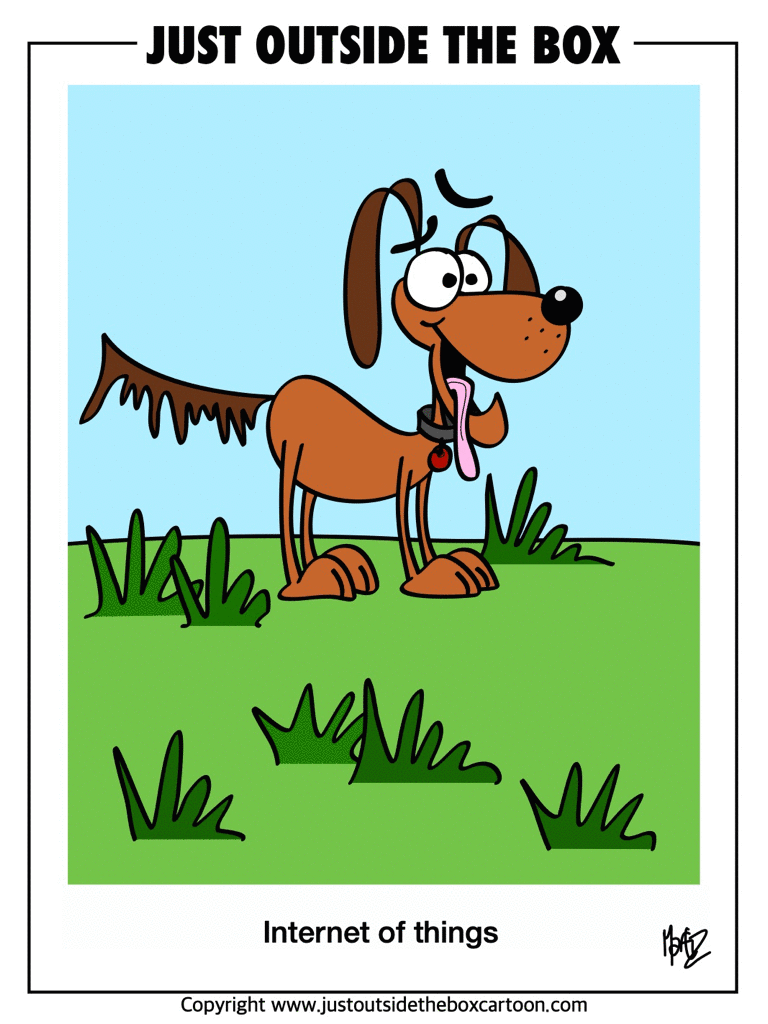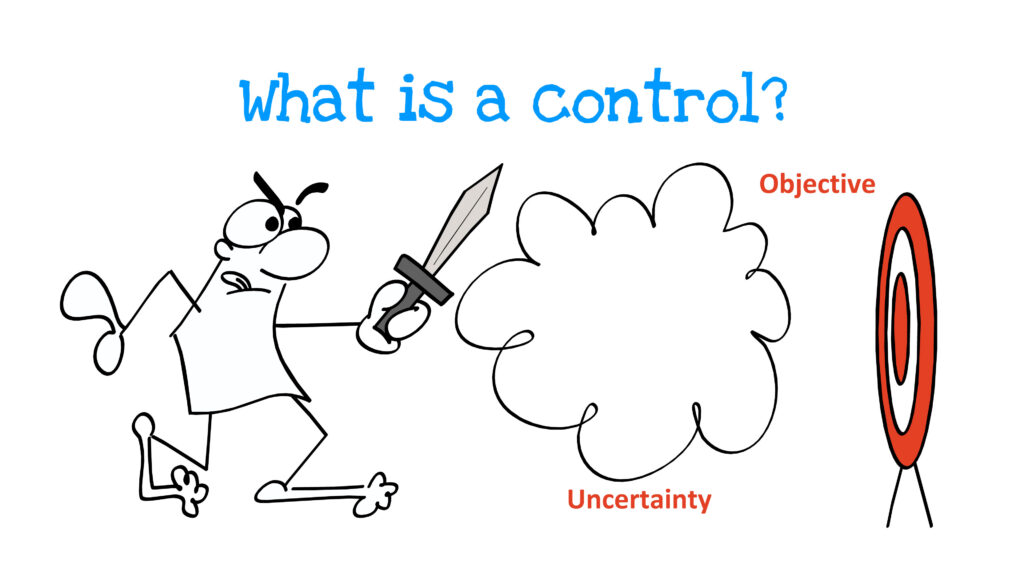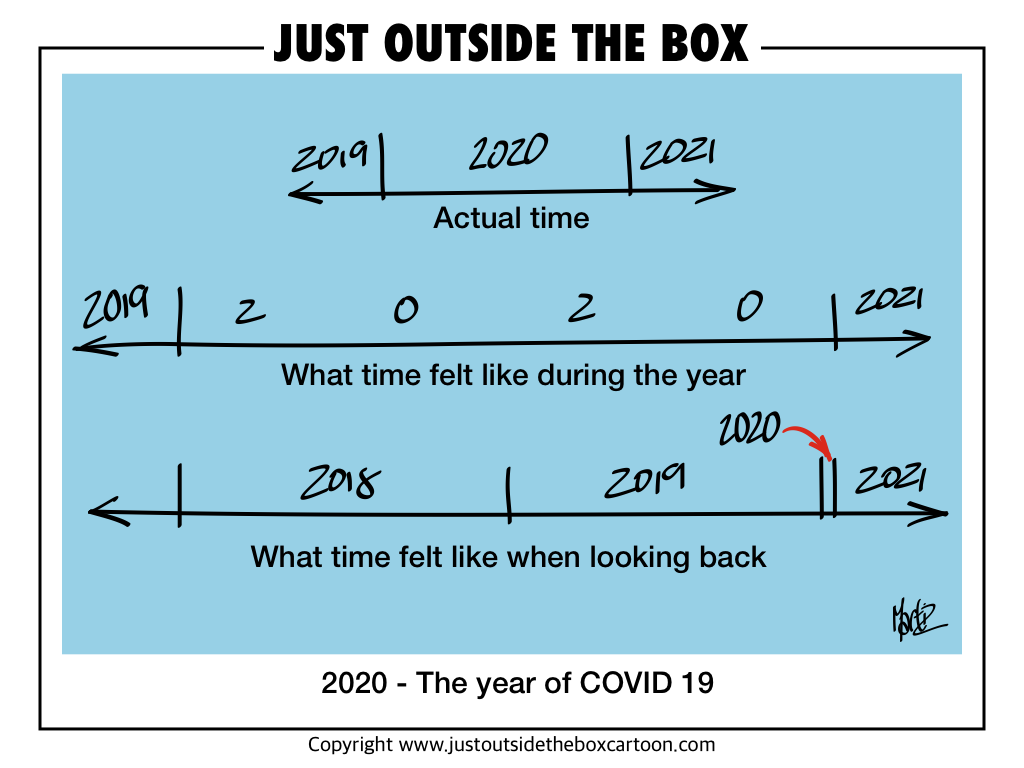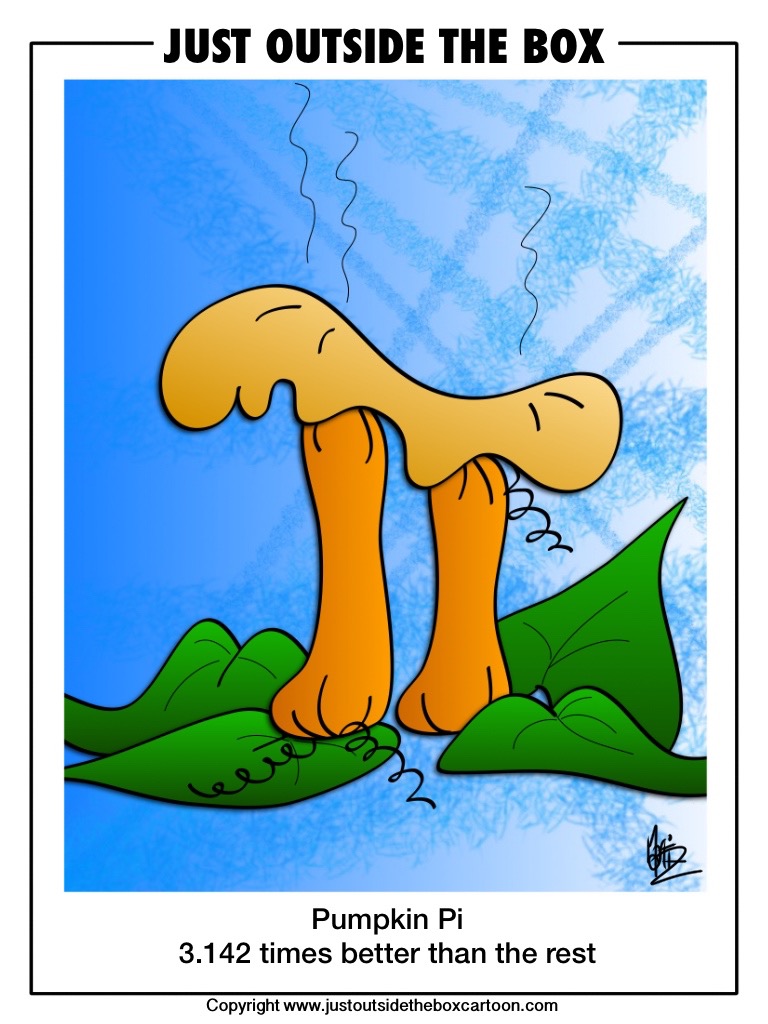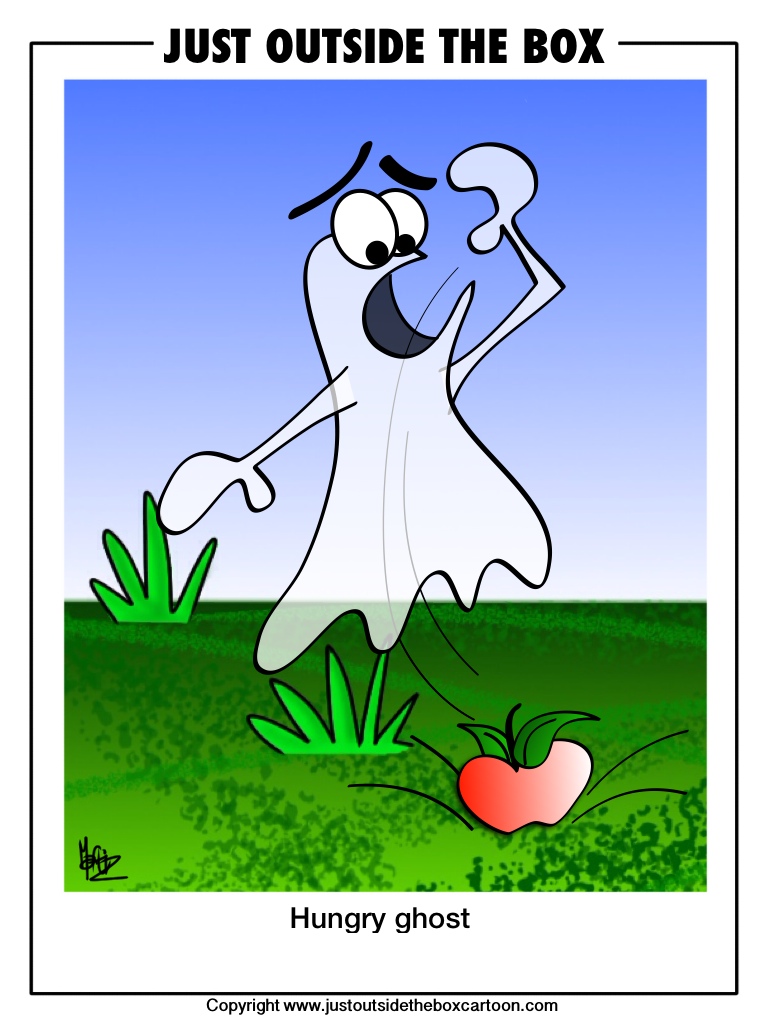The Internet of Things (IoT) has a lot to answer for, starting with ‘How many different ways can you brand the same thing?’ Here’s a few: M2M (machine-to-machine, D2D (device-to-device), internet 0, thingternet, connected devices, connected hardware, smart home, connected home, smart products and last but probably not least – appcessories.
But I won’t focus on the (possibly) useless things IoT has been applied to (but if interested, feel free to decide for yourself and check out these 8 offerings).
Instead, I’ll share one that I think is ‘smart’ and adds value. Drum roll…..Meet Melbourne’s Ecube smart bin. I remember the first time I spotted one in the city – it looked like an ordinary bin, but it had a solar panel for a roof. Perplexed, I inspected further and it was only when I went to my friend Google that the mystery was revealed. It was a smart bin with internal compacting capability and has enabled a reduction in waste collection from an average of several times a day to once overnight.
